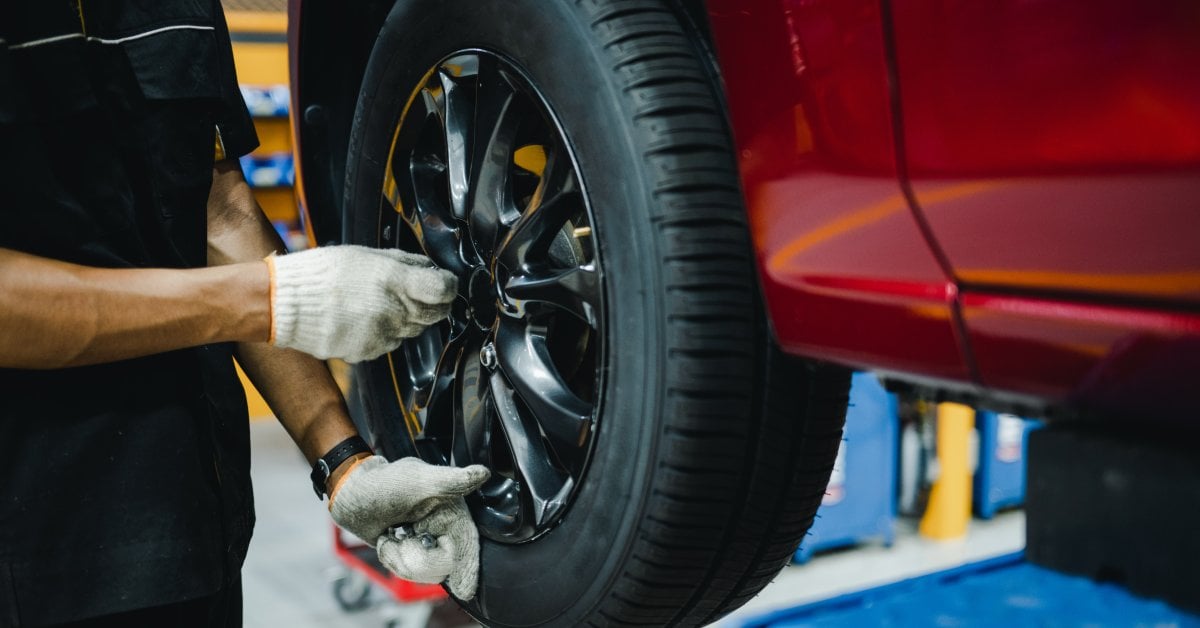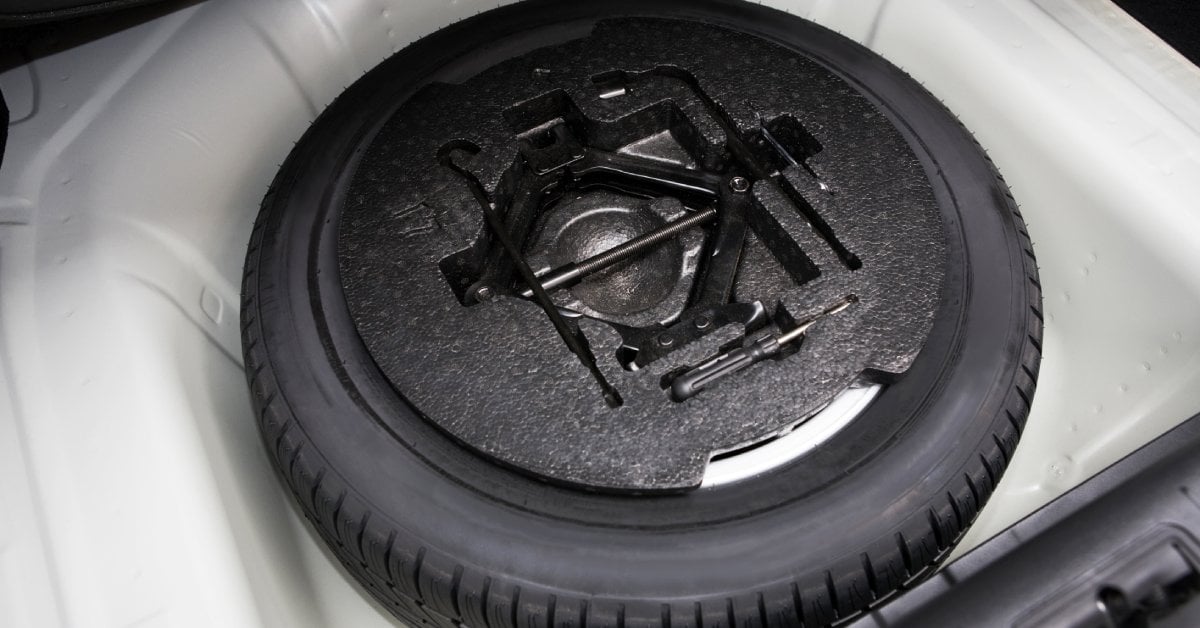Whether you just had a tire go out on you or your treads are getting a bit too low for incoming icy conditions, tire replacements are a regular part of owning a vehicle. However, that doesn’t mean replacements are enjoyable to deal with.
We’ve long heard the suggestion of replacing all tires at once from mechanics and the average Joe, but is there any truth to it? As you might expect, there’s a bit more to this question than it would initially seem. So, if you’re curious whether you should replace all your tires at the same time, don’t miss our insights that will help you decide how many you should replace when the time comes.
When Should You Replace All Four Tires?
The key factor that usually leads to tires requiring a replacement is that they’ve worn out and the treads are no longer safe to drive on. In many cases, if you keep up with tire rotations, which means if one tire has reached the lowest recommended limit, the others probably aren’t far behind. In a scenario like that, replacing them all at once would be ideal.
In cases where only one or two tires are worn out, getting four brand-new tires still isn’t a bad strategy. Having a few tires at a certain level of wear and then bringing in replacements with no wear will interrupt how the tires wear out in the future. This type of imbalance can lead to further uneven wear, which inevitably means you need to buy replacement tires more often than you normally would. Making the investment now for four new tires can save you more money down the road.

With this knowledge, it should be much easier to see why people suggest replacing all your tires at the same time. However, that doesn’t mean it’s always necessary. In fact, there are only certain scenarios in which you should.
We already briefly touched on situations where all your tires are fairly worn out and when you’re willing to spend more now to save later. However, what about the scenarios when only one tire needs replacement and someone recommends a new set of four? If you own an all-wheel drive (AWD) or four-wheel drive (4WD) vehicle, you should take the salesperson up on their suggestion. Your vehicle needs tires that have equal amounts of wear to function properly.
For these vehicles, your drive system computer works with your differential to ensure that all your wheels operate together to put out the same amount of torque. If one or two tires are worn more than the others, this system doesn’t work as efficiently. This imbalance leads to an overworked differential and increased wear on your tires.
When Should You Replace Only Two Tires?
If your vehicle uses front-wheel drive (FWD) or rear-wheel drive (RWD), you only need to replace two tires, as only two tires operate your vehicle. The other two move freely with the road. Since your vehicle’s internal drive system only controls two wheels, the wear patterns of all four tires are less important. That said, you can’t ignore wear patterns altogether.
Since your vehicle still uses two wheels to propel itself, it’s ideal if your front or back tires have a similar level of wear. That means that if you pop a tire or one wears out faster than the others for some reason, you should also try to replace the tire on the opposite side of the vehicle. This replacement pattern will help keep things more even for your vehicle.
Is It Ever Okay to Replace Just One Tire?
Even with all this info, we’re sure some of you are wondering if it’s alright to simply replace one of your tires. At the end of the day, tires are expensive, and buying more than one isn’t always in the budget. Luckily, purchasing just one is perfectly fine in certain scenarios.
The most prevalent situation is if your tires still have about 70 percent more life in them. Nothing is worse than having a fairly new set of tires and having one pop out of nowhere. Obviously, it would feel like a waste to get rid of three perfectly good tires in these instances. Fortunately, a difference in tire wear of only 30 percent isn’t going to have lasting negative impacts on your tires or your vehicle as a whole.
When dealing with tires under that threshold of 70 percent, you can still buy one tire, but only if it’s temporary. Typically, when people realize they need new tires, it’s usually quite sudden. If you don’t have the budget for two or especially four new tires, one will have to suffice. However, you should still plan to replace the other tires in the weeks or months ahead.
If you prioritize the replacement before your newest tire replacement reaches that limit of 70 percent, you shouldn’t suffer any lasting consequences. Just make sure you get a similar tire type when you have to mix and match. Treads that don’t match won’t wear as evenly.
What About Replacing the Spare Tire?

Often, people buying new tires forget about the spare. Even if you’ve never used yours before, the rubber will still degrade over time, just not as quickly as it would if it were in the sun constantly. Depending on the quality, spares can last anywhere from six to 10 years. Since this time frame isn’t too much longer than the lifespan of a standard set of tires, some people recommend getting a new spare whenever you replace all four of your tires.
Following this rule is the easiest way to remember to replace your spare tire, as many people don’t even think about their spare tires. The last thing you want is to need your spare one day but not be able to use it because it has degraded in your trunk for the last several years.
Where Should You Get New Tires?
As we’ve stated, car tires aren’t a cheap commodity. Their cost can feel overwhelming at times, especially when you need them suddenly. That’s an issue we deeply understand here at WheelerShip, which is why we offer our customers the best prices we can on tires.
Whether you’re able to get away with just getting one tire for now or you need all four plus the spare, you’ll discover that our vast selection of auto car tires should have just what you’re looking for. Shop with us today to get quality tires at reasonable prices.


